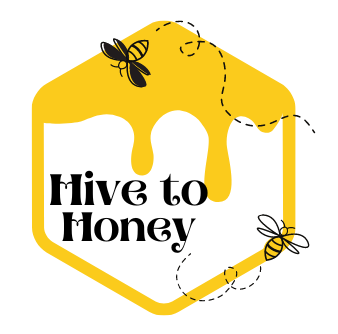Honey Bee Communication
Honey Bee Communication: Unveiling the Intricate Ways Bees Collaborate and Communicate in a Hive
Within a honey bee hive, thousands of bees work together in perfect harmony, exhibiting remarkable communication skills to maintain the hive’s organization, coordinate tasks, and ensure the collective success of the colony. Through intricate dance patterns, pheromones, and other forms of communication, honey bees convey crucial information that guides their foraging, reproductive processes, and defense strategies. In this article, we will explore the fascinating world of honey bee communication and delve into the ways bees work together to accomplish complex hive activities.
Honey Bee Communication:
One of the most remarkable forms of honey bee communication is the waggle dance. Worker bees perform this intricate dance to communicate the location and quality of food sources, particularly nectar and pollen-rich flowers. Key aspects of the waggle dance include:
- Figure-eight Pattern: The waggle dance involves a figure-eight pattern on the surface of the honeycomb. The direction and angle of the dance relative to gravity indicate the direction and distance of the food source from the hive.
- Intensity and Duration: The intensity and duration of the waggle dance convey the quality and abundance of the food source. A more vigorous and prolonged dance indicates a richer and more desirable food source.
- Transfer of Information: Worker bees observing the dance sense the movements and interpret the information encoded in the dance, allowing them to navigate and locate the food source accurately.
Honey bees rely on pheromones, chemical signals, to communicate within the hive. These chemical messages help coordinate various tasks and maintain colony cohesion. Some essential pheromones used by honey bees include:
- Alarm Pheromone: When a honey bee detects a threat or perceives danger, it releases an alarm pheromone that alerts other bees in the vicinity. This communication prompts an immediate defensive response from the colony.
- Queen Pheromones: The queen bee releases specific pheromones that establish her presence, maintain reproductive suppression among worker bees, and regulate the overall unity and productivity of the colony.
- Forager Pheromones: Foraging bees release pheromones upon returning to the hive with nectar or pollen, signaling the availability of food. These pheromones stimulate other workers to begin foraging activities.
Bees also engage in tactile communication, using physical contact to convey information and coordinate hive activities:
- Trophallaxis: Trophallaxis is a process where bees share food with each other by passing it mouth-to-mouth. This behavior enables the transfer of important nutrients, pheromones, and other chemical signals throughout the colony.
- Grooming and Cleaning: Bees groom and clean each other, removing dirt, debris, and parasites from their bodies. This behavior helps maintain hygiene within the hive and promotes a healthy and disease-free environment.
Honey bees exhibit collective decision-making processes when selecting and evaluating potential new hive locations:
- Swarm Communication: When a colony becomes crowded, a group of bees, including the old queen, leaves the hive in a swarm. Scout bees search for suitable locations for a new hive and return to communicate their findings through dance and pheromones. The collective decision-making process ensures the swarm selects the most optimal site for their new home.
- Consensus Building: Through repeated exchanges of information and evaluation of options, the colony builds a consensus on the preferred location. This collaborative decision-making process ensures the survival and success of the swarm.
Honey bee communication is a marvel of intricate behaviors and signal exchanges that allow bees to work together as a unified and efficient superorganism. From the waggle dance that conveys foraging information to pheromones that coordinate hive activities and collective decision-making processes, bees demonstrate a sophisticated system of communication. Understanding the intricacies of honey bee communication enhances our appreciation for their remarkable social structure and underscores the importance of protecting and preserving these invaluable pollinators in our ecosystem.
More From The Hive:

Unveiling Turkey’s Sweet Symphony: Exploring Honey Types and Varieties
Turkey, a land where ancient traditions meet breathtaking landscapes, has a rich history of honey production and a remarkable diversity of honey types. With its diverse climate zones, vast floral resources, and a strong culture of beekeeping, Turkey offers an ideal environment for bees to gather nectar and create a

Discovering Ethiopia’s Golden Treasures: A Journey Through Honey Types and Varieties
Ethiopia, a land known for its rich history, vibrant culture, and breathtaking landscapes, is also celebrated for its diverse and high-quality honey production. With its lush forests, fertile valleys, and vast floral resources, Ethiopia offers an ideal environment for bees to thrive and create a wide range of honey types.
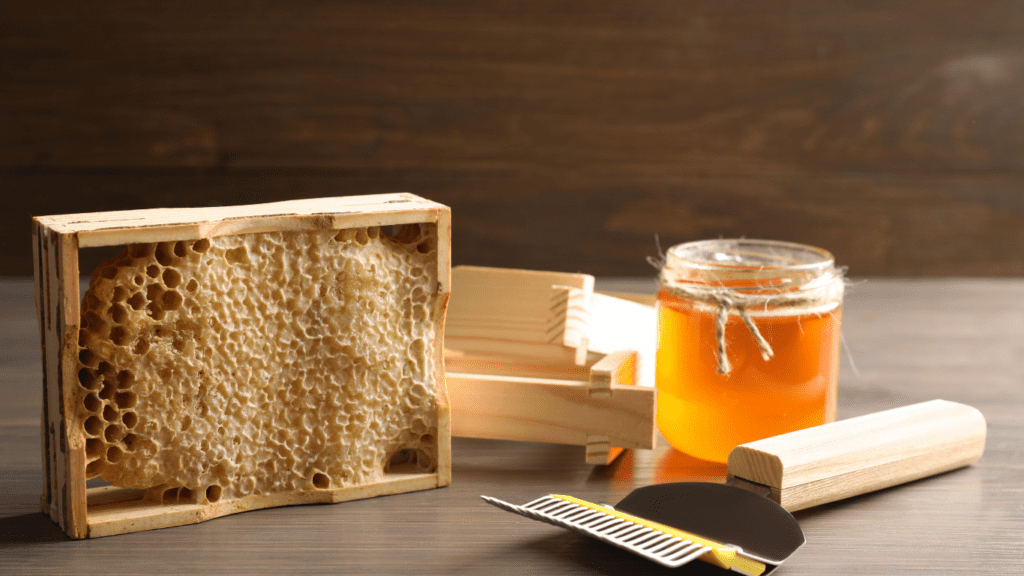
Getting Started with Beekeeping: Essential Equipment and Supplies
Starting your journey as a beekeeper is an exciting endeavor that allows you to connect with nature, support pollinators, and reap the rewards of honey production. To set yourself up for success, it’s crucial to have the right equipment and supplies. In this blog, we will guide you through the
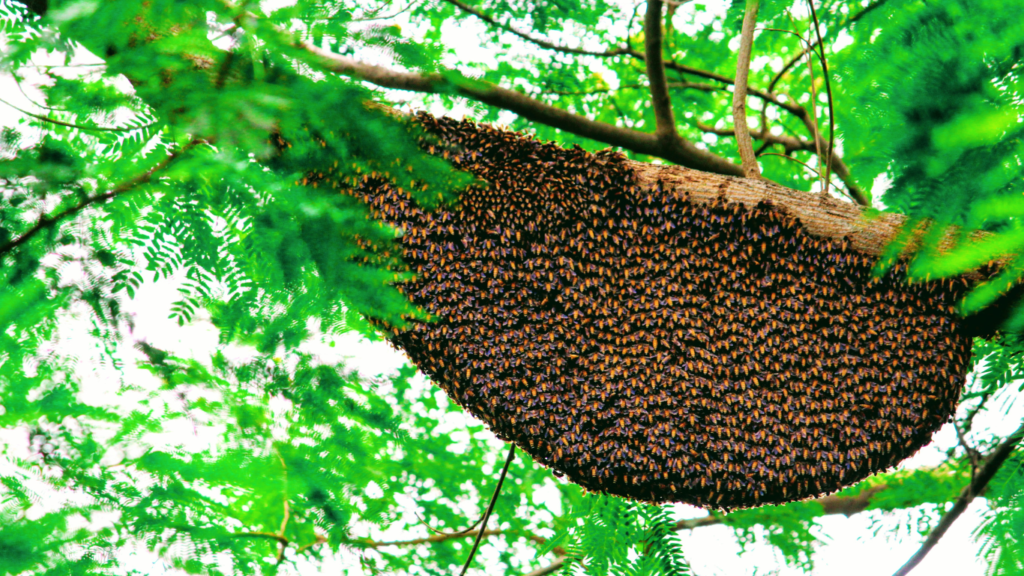
Choosing the Right Hive: Exploring Different Beehive Types
Selecting the right beehive is a crucial decision for beekeepers. The beehive serves as the home for your honeybee colony and plays a vital role in its success and productivity. With various hive types available, it’s important to understand their unique characteristics and suitability for your beekeeping goals. In this
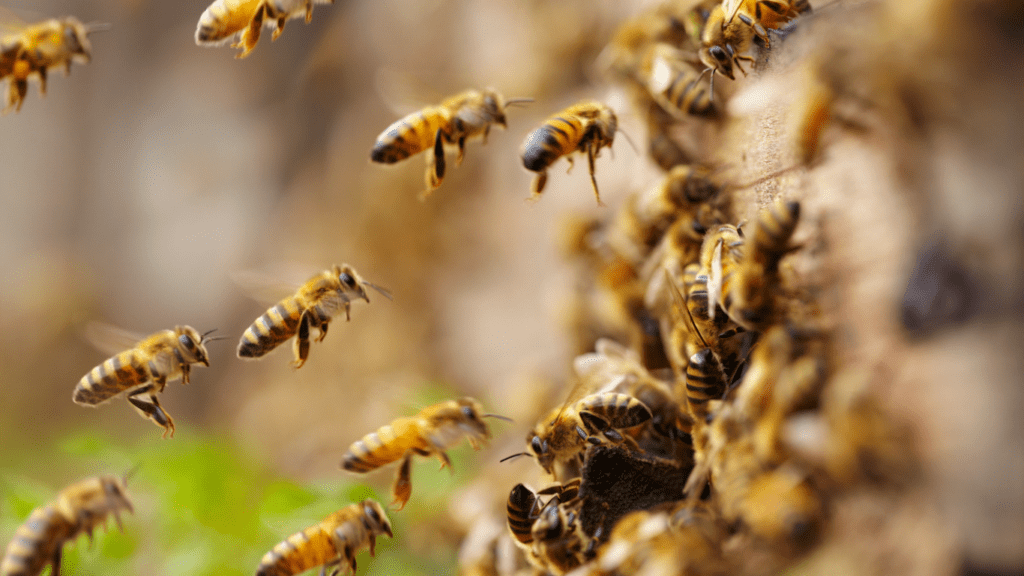
The ABCs of Bees: A Beginner’s Guide to Understanding Bee Basics
Bees are incredible creatures that have been buzzing around for millions of years, playing a vital role in our ecosystem. From pollinating flowers to producing delicious honey, bees are an integral part of our natural world. If you’re new to the world of bees and want to unravel the secrets
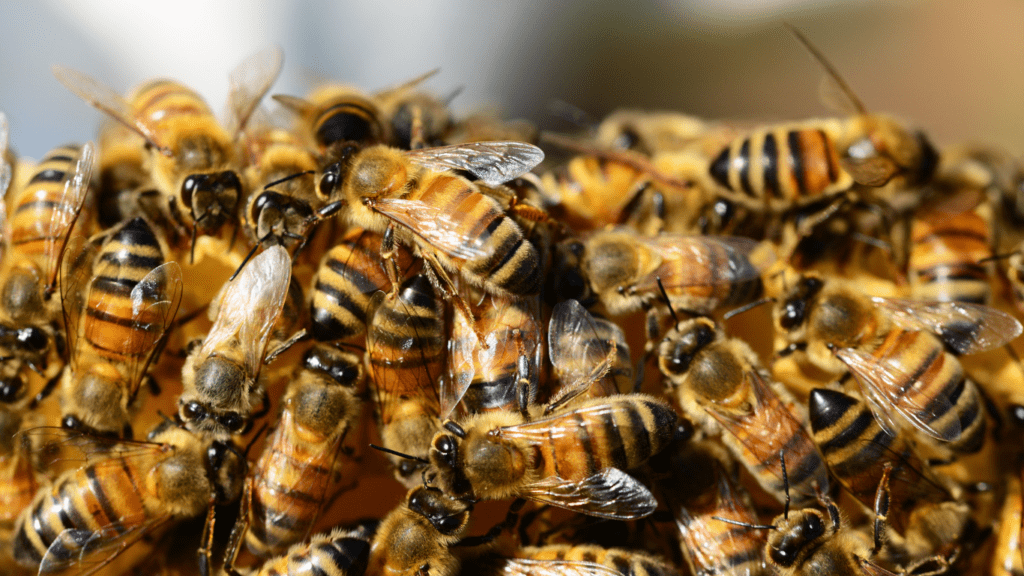
The Secret Life of Bees: Unraveling the Intricacies of Bee Behavior
Bees, with their intricate social structure and fascinating behaviors, lead a secret life that is both awe-inspiring and complex. As we delve into the hidden world of bees, we uncover a realm of communication, cooperation, and efficiency that is vital to their survival and our ecosystem. In this blog, we
